The acacia tree casts a distinct shadow when lit by the Zambian summer sun. Surrounding the grounds of the William Mmutle Masetlha Institute and the Banani International Secondary School, criss-crossed with aloe-lined paths and dotted with fiery pink bougainvillea bushes, its familiar shape and umbrella shade welcomed the almost 900 youth of Mozambique, Namibia, Zimbabwe, and Zambia to the Chibombo youth conference. As temperatures reached their peak, the grounds stood quiet until just after noon when the first group from Zambia arrived. Within an hour, organizers recognized the telltale cloud of dust signalling the arrival of two more large buses from Zimbabwe, followed within minutes by another two buses from Lusaka, three from the southern province, and one from Kabwe. The air filled with excitement as the energy, joy, and enthusiasm of the youth spilled out from the buses onto the grounds. The youth conference of Chibombo had begun.
As participants studied materials that helped identify key characteristics of the period of youth, a vision of the future and a deepening sense of responsibility to work towards the advancement of their communities emerged from their consultation. This reinforced a growing understanding of the dynamics of service. One friend shared, “I have learned about what I must do as a youth, for example—service. Service is something that must come from deep down in someone’s heart.”
“I’ve learned that we as youth have a great responsibility to nurture the younger youth so that their powers can be channelled towards the betterment of society.”
A participant at the conference
Another theme explored by the youth was the relationship between the different dimensions of one’s life, and learning to see them as forming a coherent whole. A participant shared his thoughts: “We learned about false choices and how you don’t have to choose one aspect of your life, rather we can learn to make everything work together—we work, we serve, we get married.”
Workshop groups consulted not only about the ways in which environments of mutual support could be cultivated but also the effect these have on the community-building process and those involved in it. “We can be intelligent, we can be very nice people with good ideas, but if we are not united in vision, nothing we do will bear fruit,” one youth explained. Some participants considered how environments of mutual support can affect other aspects of one’s life: “Serving together and rendering mutual support helps us avoid negative patterns of behavior. It also brings us joy.”
The youth spent time carefully analysing their local reality and making plans that included involving more and more individuals in their efforts to serve their communities. To assist in the planning process, smaller workshop groups drew maps of their neighbourhoods that helped them think about the social and physical space of where they live. When sharing their next steps with fellow conference participants, a strong emphasis on the value of nurturing children as well as younger youth within a community emerged. Many in attendance had experience with a programme involving this age group, and noted that the conference provided further impetus to the processes well underway in their neighbourhoods. One friend commented, “I’ve learned that we as youth have a great responsibility to nurture the younger youth so that their powers can be channelled towards the betterment of society.”
The arts were woven seamlessly throughout the three days. The evening artistic presentations included collective singing, skits, dancing, poetry, and drumming. Youth from Zimbabwe performed a traditional dance, while a group from Zambia shared a song about relying on God’s assistance in our efforts to serve. The sound of clapping, applause, and cheers of encouragement could be heard every evening from the large tent set up on the Institute grounds. Staff from the school, who were intrigued and drawn to the energy of the youth, watched many of the presentations with admiration.
The conference closed with prayers and the song “Look at Me, Follow Me”. The lyrics include the words of ‘Abdu’l-Bahá in which He likens the sacrifice of a candle sharing its light to the efforts of individuals who wish to serve the world of humanity. As the final notes drifted away, one youth commented that everyone could now take all the energy built during the last three days and channel it into changing the world. After a thoughtful pause, he asked his fellow participants to say one last phrase together: “God will make it happen.”
Return to top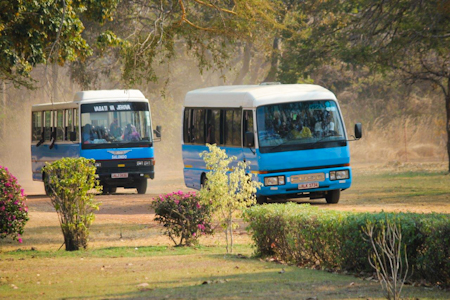
Participants arrived in groups, one bus after another

A sense of eager anticipation filled the grounds as everyone arrived
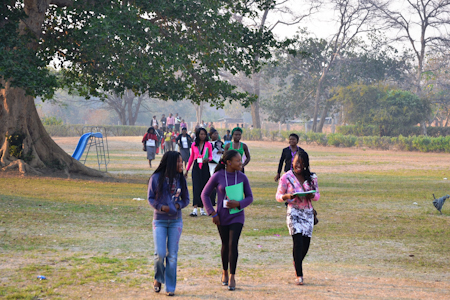
Friendships were formed and strengthened during the conference
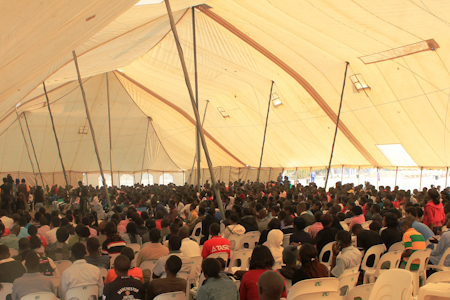
The group assembled under the large tent set up on the conference grounds
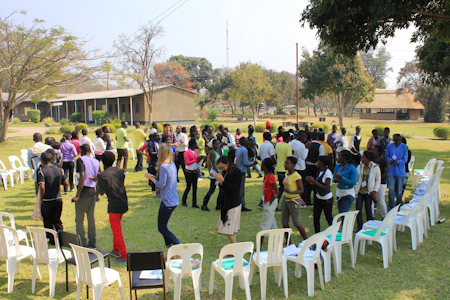
Workshop groups interspersed study with artistic activities
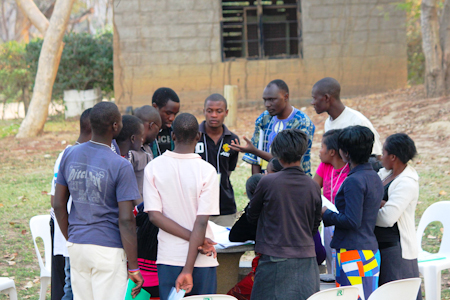
Groups consulted about how they could contribute to their communities
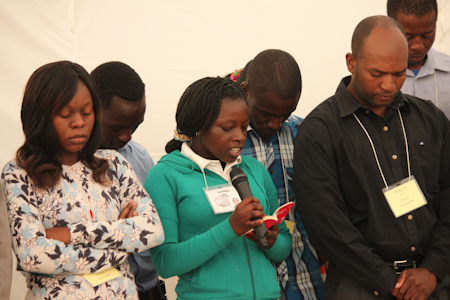
A reverent environment was cultivated during devotional portions
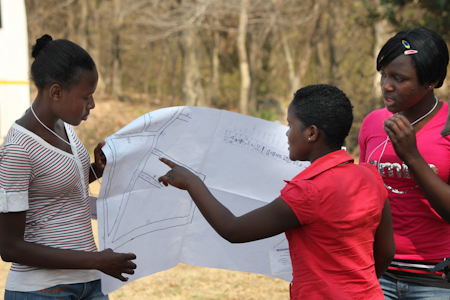
Participants drew maps as they analysed their communities and made plans
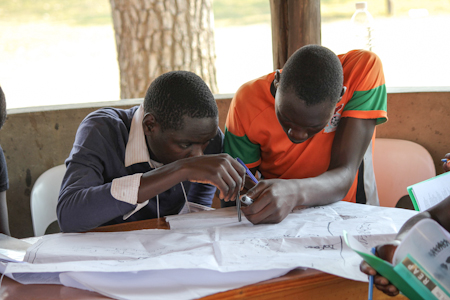
Two participants collaborating to sketch a map of their locality

Two friends share a map representing their community with the other members of their group
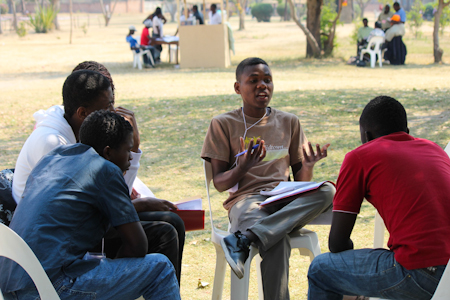
Small group sessions included consulting on continuing efforts to better their communities
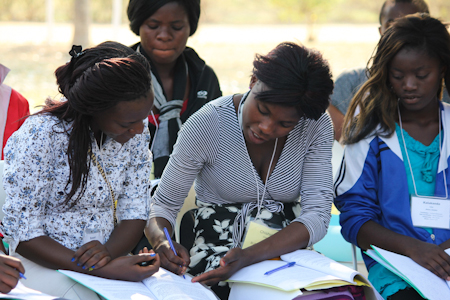
Participants reading and discussing a section of the materials together
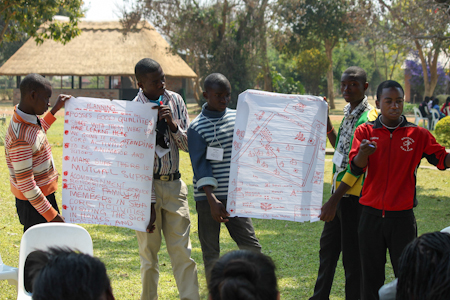
Participants enthusiastically shared their plans with one another

Music, including drumming, was woven throughout the three days of the conference
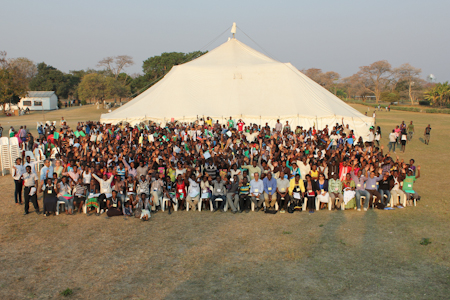
A group photo of the participants